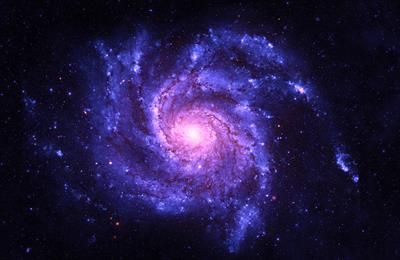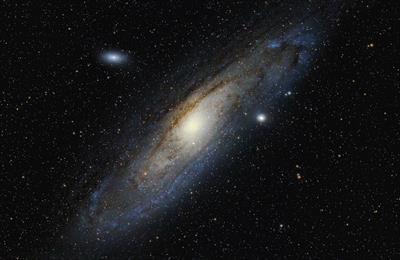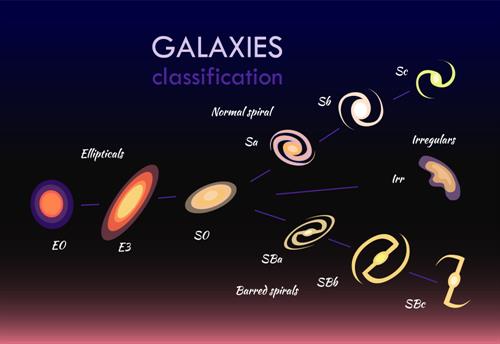
PUMPA - SMART LEARNING
எங்கள் ஆசிரியர்களுடன் 1-ஆன்-1 ஆலோசனை நேரத்தைப் பெறுங்கள். டாப்பர் ஆவதற்கு நாங்கள் பயிற்சி அளிப்போம்
Book Free DemoUniverse is the collection of Galaxies.
Galaxy is the collection of stars and celestial bodies.
Galaxy is the collection of stars and celestial bodies.
We know that spatial size of universe is 93 billion light years and the approximate size of the galaxies are in between the range of 1000 to 10000 parsec.
Astronomical unit:
The average distance between the Earth and the Sun is called an astronomical unit. It is denoted by ‘au’.
1\ au = 1.496 * 10^8\ km\
The average distance between the Earth and the Sun is called an astronomical unit. It is denoted by ‘au’.
1\ au = 1.496 * 10^8\ km\
Light year:
The distance travelled by light in one year is called a light year.
It is denoted by ‘ly’.
The distance travelled by light in one year is called a light year.
It is denoted by ‘ly’.
1\ ly = 9.4607 * 10^12\ km\
Parsec:
A parsec is defined as the distance at which one astronomical unit subtends an angle of one arc second.
It is denoted by ‘pc’.
A parsec is defined as the distance at which one astronomical unit subtends an angle of one arc second.
It is denoted by ‘pc’.
1\ pc = 3.2615\ ly = 3.09 * 10^13\ km
Galaxies are classified based on their shapes as,
- spiral
- elliptical
- barred spiral and
- irregular
Spiral Galaxy
Spiral galaxies are made up of dust, gas and different stars, including hot young stars and central concentration of stars (known as bulge) surrounded by a flat, rotating disk of stars. The bulge in the centre is made up of older, dimmer stars, and is thought to contain a supermassive black hole.
So far, many of the Galaxies that are discovered by the scientists are categorized as spiral galaxies.
Example:
The milky way which includes Earth and our solar system.

Elliptical Galaxy
A Galaxy which is having ellipsoidal shape and a smooth image is said to be an elliptical galaxy.
Elliptical galaxies are three-dimensional and definite structure, without much form, and their stars are in somewhat random orbits around the centre.
Interestingly, stars found inside elliptical galaxies are average much older than stars found in spiral galaxies.
Elliptical galaxies tend to be surrounded by large numbers of globular clusters.

Irregular Galaxy
A galaxy that does not have a well-defined regular shape is known as an irregular galaxy.
- They are often disorganized in appearance, with neither a nuclear bulge nor any trace of spiral arm structure.
- 25 \%of the galaxies that are found so far are irregular galaxies.
- Cosmologists say that some irregular galaxies were once spiral or elliptical galaxies but were deformed by an uneven external gravitational force.
- Irregular galaxies may contain sufficient amounts of gas and dust.

Barred Spiral galaxy
A spiral galaxy with a central bar-shaped structure composed of stars is said to be a barred spiral galaxy.
Bars are detected nearly 33 to 66\% of all spiral galaxies. Motions of stars, spiral arms and interstellar gas are affected by the bars within spiral galaxies.
The Milky Way Galaxy, where the Solar System is located, is classified as a barred spiral galaxy.


